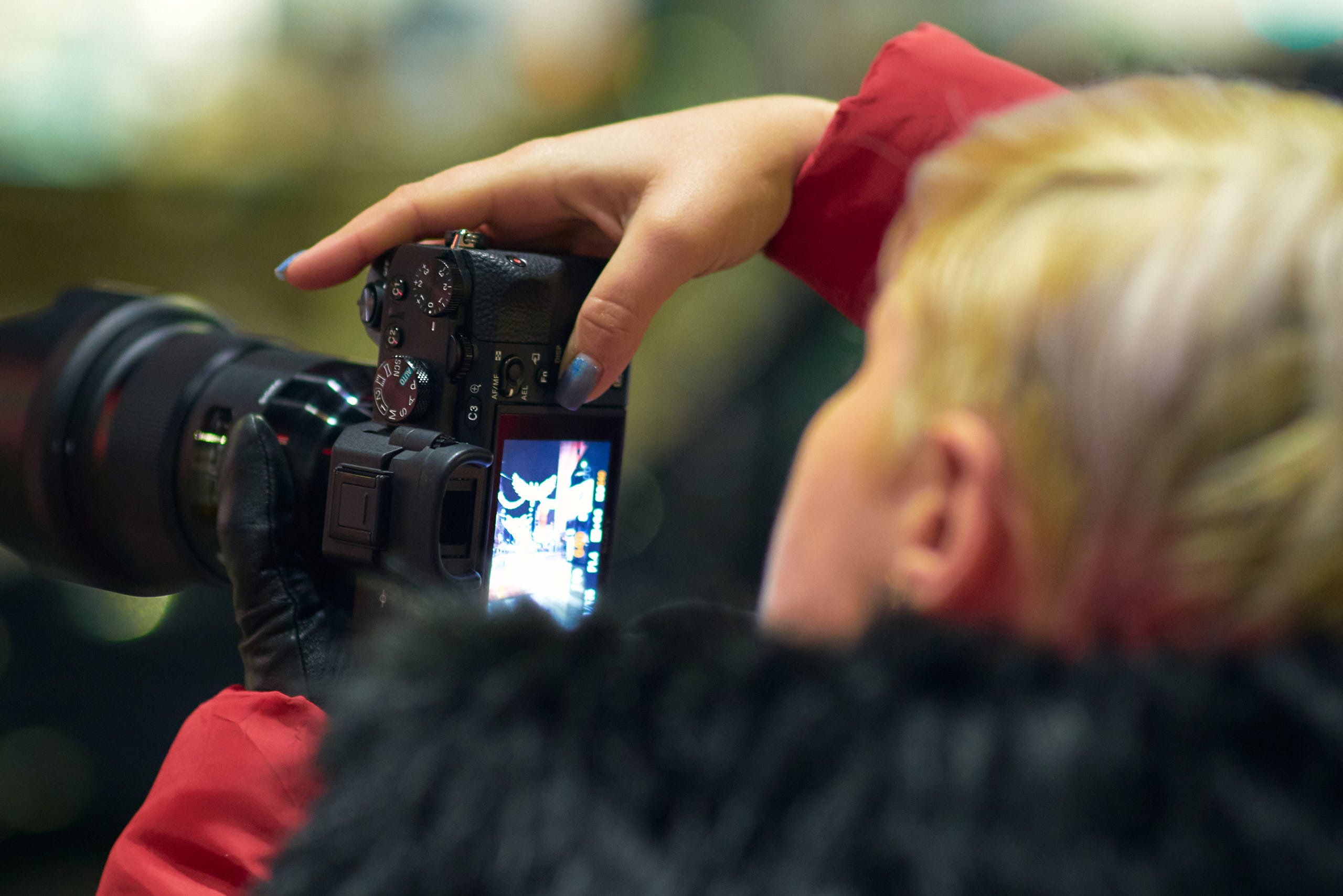16
Sep 2025
The Benefits of Shooting in Manual Mode
Switching to manual mode is a game-changer for photographers looking to elevate their work. While automatic settings are convenient, they don’t offer the same level of creative control as manual mode. Mastering manual mode lets you dictate every aspect of the exposure, giving you the freedom to create images that truly reflect your vision. Here’s a breakdown of the key benefits of shooting in manual mode and why it’s worth the practice.
1. Complete Control Over Exposure
One of the biggest benefits of manual mode is total control over exposure. You can independently adjust the aperture, shutter speed, and ISO to achieve a perfectly balanced image. This is especially useful when shooting in challenging lighting situations or aiming for a specific mood. For example, you can increase the shutter speed to freeze motion or lower the ISO to reduce noise in low light.
For instance, when photographing a landscape at sunset, manual mode allows you to select a slower shutter speed and a smaller aperture to capture both the vibrant colors and crisp details, even in tricky lighting.
2. Creative Freedom with Depth of Field
Aperture determines the depth of field in a photo, which is crucial for drawing attention to your subject. With manual mode, you have complete control over the aperture and can easily switch between a shallow depth of field for soft, blurred backgrounds in portraits or a deep depth of field for sharp details in landscapes.
In dance photography, using a wide aperture can create a beautiful, blurred background that makes the dancer stand out against softened surroundings.
3. Mastering Motion with Shutter Speed
Adjusting shutter speed lets you decide how movement appears in your photos. A fast shutter speed captures sharp, frozen motion, while a slow shutter speed creates motion blur, adding drama and energy. Manual mode gives you the freedom to experiment with these effects and capture motion exactly as you envision.
For example, to capture the graceful motion of a dancer, a slower shutter speed can add a dynamic blur that conveys the flow of the performance.
4. Consistent Results in Any Lighting
Automatic settings adjust quickly based on available light, which can lead to inconsistent results from shot to shot. In manual mode, you set all the parameters yourself, ensuring consistency—especially important for studio work or long shoots where you want a uniform look.
During an outdoor portrait session, manual mode ensures sudden lighting changes won’t affect your exposure, helping you maintain a consistent style.
5. Confidence in Challenging Lighting
Manual mode is invaluable in less-than-ideal conditions, such as low light, high contrast, or backlit scenes. By adjusting ISO, shutter speed, and aperture yourself, you can optimize exposure and capture details that automatic settings might miss.
For example, in a dimly lit theater, increasing the ISO and opening the aperture allows you to capture a well-exposed image without losing important details to shadow.
6. Sharper Problem-Solving Skills
Using manual mode forces you to understand the relationship between aperture, shutter speed, and ISO—the foundation of photography. Over time, you’ll learn how to quickly spot and fix exposure issues, such as reducing noise in low light or handling backlit subjects.
In a high-contrast outdoor scene, you’ll know to adjust aperture or shutter speed to preserve detail in both bright and shadowed areas, improving your adaptability.
7. A Deeper Connection to Your Camera
Shooting in manual mode makes you more engaged with the creative process. Adjusting settings yourself encourages intentional choices, helping you connect more closely with your camera’s capabilities and your own artistic style.
For landscape photography, manually adjusting exposure allows you to capture the exact mood of the scene, reflecting subtle nuances of light and color.
8. Less Reliance on Post-Processing
Well-exposed images captured in manual mode often require minimal editing. By taking precise control of your camera settings, you’re more likely to achieve results that need only minor adjustments—saving time and preserving image quality.
For instance, a portrait with proper exposure and color balance requires less retouching, delivering professional-quality results straight out of the camera.
9. A Stronger Grasp of Light and Composition
Learning to shoot in manual mode sharpens your awareness of how light and composition affect your images. You’ll begin to see how small adjustments can transform a photo, which improves your overall technique and creativity.
At golden hour, for example, you can fine-tune your settings to make the most of the soft, directional light, capturing rich colors and details that bring your photos to life.
